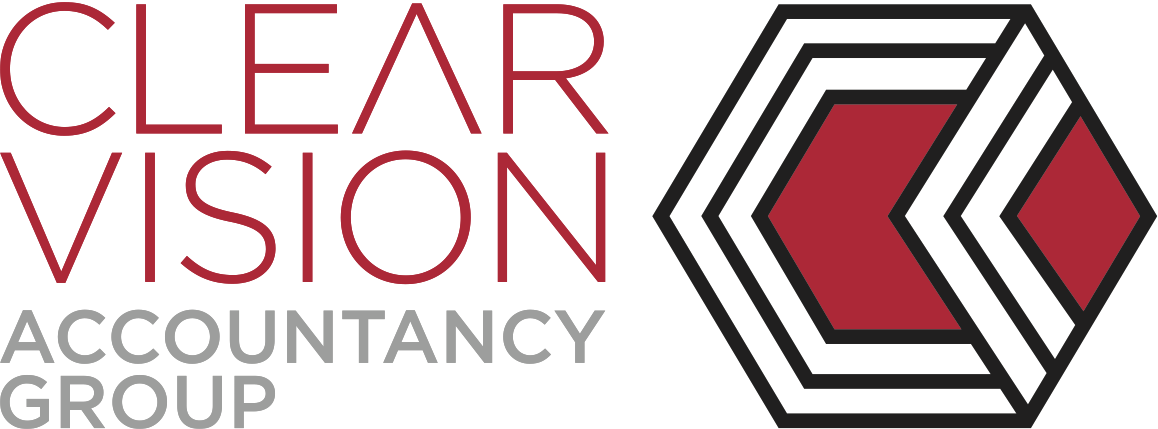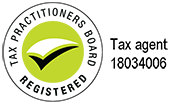Business Alert at 9:00am With CVA – Budget Basics
The Federal Budget was developed with the May election in mind and if reelected, tax cuts, incentives for business & $$$ for health & welfare is one on table. See below for a brief breakdown of the Budget for 2019-20.
Wage & salary earners $158 billion in personal income tax cuts. Low to Middle Income Earners ($37K – $127K) Singles – Up to $1,080 back. Couples – Up to $2,160 back
Business Instant asset write-off increased from $25,000 to $30,000. Instant asset write-off extends to businesses with a turnover of up to $50 million – currently $10 million.
Building & transport industries Infrastructure to receive $100 billion over 10 years for Road & Rail. Urban Congestion Fund to increase from $1 billion to $4 billion and $2.2 billion for roads & $1 billion to improve freight routes and access to ports and $100 million for regional airports.
Education $525 million on skills package which will create $80,000 new apprenticeships in industries with skill shortages and double the payout to $8,000 to employers per apprenticeship placement.
Rural Areas Commitment to major spending in regional & rural areas to expand water infrastructure, provide drought relief & upgrade regional airports.
Natural Disasters $3.9 billion set aside for Emergency & Response Fund
Older Australians $725 million for aged care, with 10,000 new home care packages & capital works focused on regional Australia. Single pensioners will get a $75 one off cash payment for their energy bills, while couple pensioners will get $125.
Health Sector Australians suffering from cancer, heart disease, epilepsy and who live in rural areas are likely to benefit from several major investments in assistance programs & medication. The budget also contains $461 million for youth mental health & suicide prevention.
Superannuation industry & older Australians Currently, people aged 65 & older must work a minimum 40 hours over a 30-day period. As of 1 July 2020, the budget is allowing people approaching retirement to boost their superannuation balances, with those aged 65 – 66 years able to make voluntary contributions without satisfying the work test.
The post Business Alert at 9:00am With CVA – Budget Basics appeared first on Clear Vision Accountancy Group.





